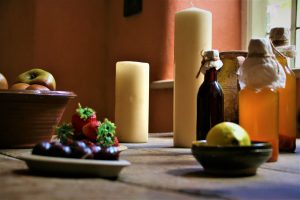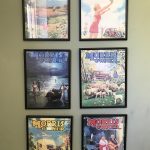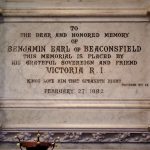My latest National Trust blog concerns a visit to Buckland Abbey. On first hearing the name I expected to be visiting a religious ruin. Not doing any research into this venue I arrived to be for what was once an abbey had been converted into an elegant Elizabethan mansion.
As with most abbeys in our land they probably would have been dissolved because of the reformation during the reign of Henry VIII. This would have resulted in their vast estates and buildings being sold or passed on to the rich people of the land. It made its way into the hands of two very famous explorers – firstly, Sir Richard Grenville, until his death at sea, and then Sir Francis Drake. It was Sir Richard, who was born in the hamlet, who took it upon himself to convert the Abbey into a Elizabethan mansion before the more well-known, Sir Francis lived there. The house is picturesque from all view points within its lovely grounds; it boasts a quaint little garden which was in full bloom. The inside lacked beauty and was more of a museum the only highlight being an odd stained glass window reflecting on the life of its previous owners.
I must confess to never having heard of Sir Richard Grenville. I did some research to discover who he was. He was cousin to the famous Sir Walter Raleigh and Sir Francis Drake. I will admit to not knowing anything about Sir Richard, but, like his more illustrious cousins, he was an explorer/sea captain. The top part of the house is a shrine to his more famous cousin, Sir Francis Drake. The house gives reminders of the life that these explorers must have lived, and, oh how I would have loved to lived this exploring part of their lives. Imagine setting sail, with no apps or GPS, not knowing what was over the horizon or discovering places until then unknown. The stories they could have told or blogs they could have written. How very different to the modern explorer/traveller, where live updates, and abundance of information are available at the touch of a button.
I left this place in awe of its famous inhabitants, and curious to find out more about them. Little did I know that the one of them would be a common theme in my later explorations.
Buckland Abbey, West Devon, South West England, United Kingdom




 This is my second blog on my use of
This is my second blog on my use of  person by that name whose wallpapers feature in many a National Trust property; indeed one can visit his house somewhere down Kent way) started
person by that name whose wallpapers feature in many a National Trust property; indeed one can visit his house somewhere down Kent way) started 



